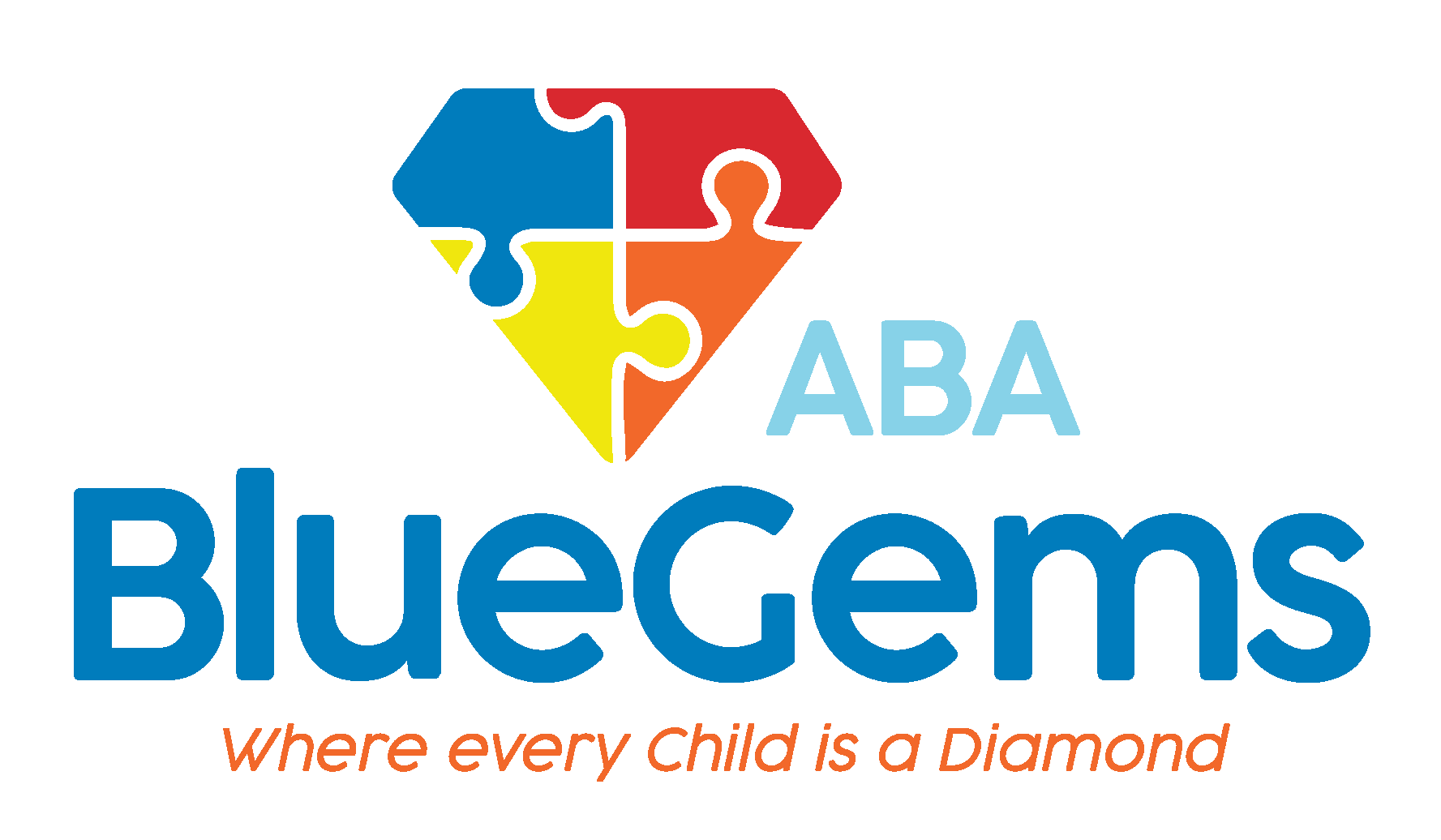How to Read and Understand Your Child’s ABA Data Sheets
Data is at the heart of applied behavior analysis (ABA therapy), which is the gold standard treatment for children with autism spectrum disorder (ASD). It helps to inform therapy teams to make the best decisions for every child they serve.
By collecting and analyzing a wealth of data during initial assessments, ongoing therapy sessions and re-evaluations, therapy teams can create personalized ABA therapy treatment plans with specific goals and targeted interventions to help children achieve those goals, while also tracking their progress toward their goals.
A major thing that this data does is make the entire ABA therapy process objective and based on evidence, rather than on any one person’s subjective interpretation of how things are going.
As part of this process, parents will receive ABA data sheets that present them with the information and feedback that therapists have collected during sessions.
Below, we’ll discuss how to read and understand your child’s ABA data sheets, as it can be overwhelming at first.
Table Of Contents
What Are ABA Therapy Data Sheets?
ABA therapy data sheets are forms that therapists used to record patterns of behavior that children exhibit during sessions. They serve as the cornerstone of ABA therapy, ensuring that the application is based on actual data and is driven by each child’s unique goals.
These data sheets can be filled out by members of your child’s ABA therapy team, but they can also be useful for teachers, parents and other caregivers to fill out as well.

On data sheets, therapists will track important aspects of a child’s behaviors, social interactions, communication skills and task completion. They may track how frequently certain tasks are attempted and how successful the child is in doing so.
The information on the data sheets enables ABA therapy teams to ensure that the interventions are being designed based on concrete data and proof, rather than just on someone’s general observations.
They provide an easy way to see the progress that is being made, and what areas need improvement.
What Are the Types of ABA Therapy Data Sheets?
There are a variety of ABA therapy data sheets, as each can serve a different purpose. The first step in effectively reading and understanding your child’s ABA data sheets is to know the purpose of the most common ones.
The ABC Data Sheet tracks the antecedent, behavior and consequence of different actions. The antecedent is the thing that happens before the behavior that is often the trigger, and the consequence is what happens as a result.
Therapists follow the ABC method to understand what might be triggering problem behaviors so that they can employ targeted interventions to modify that behavior to something more positive.
The Frequency Data Sheet tracks how often a child exhibits a specific behavior; a Duration Data Sheet tracks how long that behavior lasts; and an Interval Recording Sheet records behaviors in a set time interval.
Taken together, these three ABA data sheets can identify how often a child exhibits a certain behavior in response to a prompt, how long behaviors last and how long a child can remain on task.
There are other ABA data sheets that are relevant for specific strategies.
For instance, a DTT Data Sheet is used for tracking data when a therapist is using Discrete Trial Training to teach children with autism new skills in a structured setting.
On this data sheet, the therapist will record the targeted skill, how it’s being targeted and how frequently and successfully the child attempted the skill.
Blue Gems ABA Works Directly with Parents of Children with Autism
Data sheets are an integral part of ABA therapy. They ensure that the therapy is objective and that the targeted interventions are tweaked in the proper way to ensure long-term success.
At Blue Gems ABA, we work directly with parents of children with autism to make sure that they understand their child’s ABA therapy, including reading and understanding ABA data sheets. Parental involvement is key to supporting children with ASD, which is why we make sure it’s an integral part of all our treatment plans.
To learn more, please contact us today.




